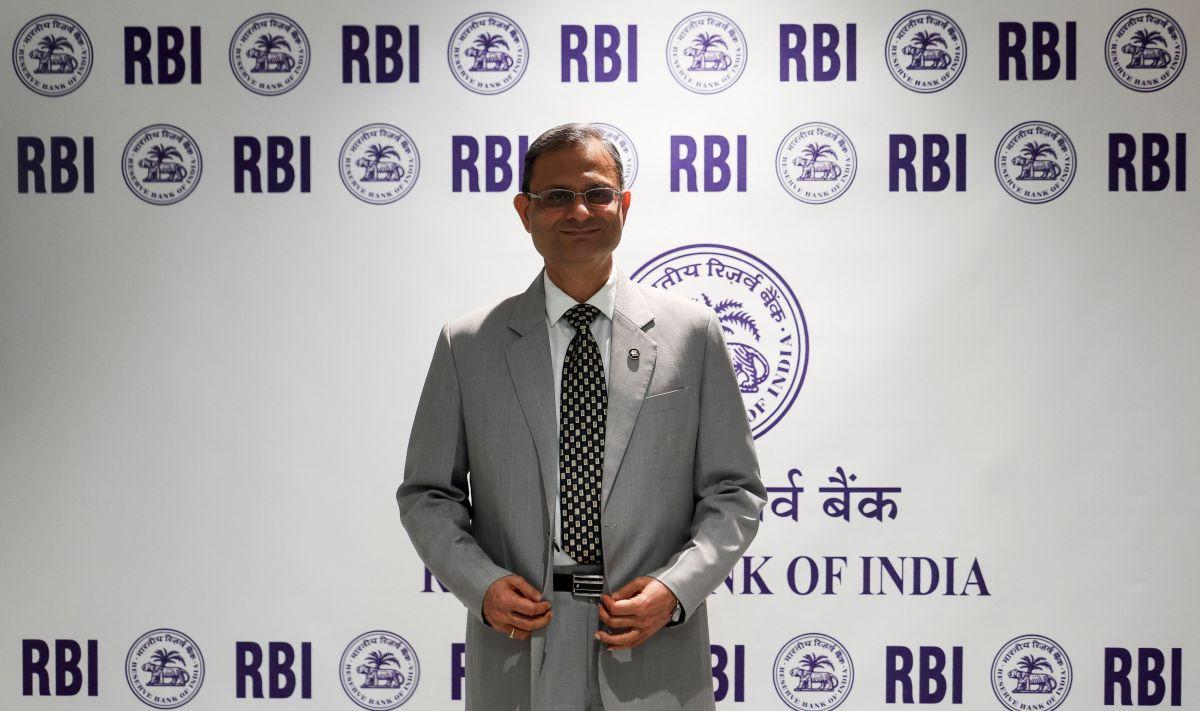A ban on US-based high-frequency trader (HFT) Jane Street did little to dent activity in the derivatives segment, with July volumes rising 10 per cent month-on-month to an eight-month high.

Illustration: Dominic Xavier/Rediff
Analysts and experts said the jump may have come from proprietary and retail traders, spurred by a spike in market volatility.
While derivatives market turnover had come off 20 per cent on the first expiry day following the ban on the HFT but surged during the latter part of the month.
In July, the combined average daily trading volume (ADTV) for both exchanges stood at Rs 381 trillion — the highest since November 2024, when initial regulatory changes were introduced to curb the frenzy in the segment.
Though still far below the September 2024 peak of Rs 537 trillion, experts believe volumes are showing signs of picking up.
The surge is also notable given that activity from HFTs — touted as the ‘major liquidity providers’ — may have cooled off amid the ongoing probe into Jane Street.
“Because of the changing scenario or market dynamics, a lot of learning and re-learning has happened over the past one to two quarters.
“Market participants have adjusted to the changes, and the momentum is picking up.
“We are in the growth phase, so most of the leveraged products could be in focus,” said Chandan Taparia, head of derivatives and technical research at Motilal Oswal.
He added that the impact on volumes once expiry days are swapped by the exchanges in August will be worth watching.
Meanwhile, combined ADTV for the cash segment dropped 15 per cent to Rs 1.02 trillion.
Experts attributed the fall in cash market volumes to softness in stock prices. In July, the Nifty and Sensex each fell 3 per cent, while the broader Nifty Smallcap 100 and Nifty Midcap 100 indices declined 6.7 per cent and 4 per cent, respectively.
According to the NSE Market Pulse report, the number of individual investors in equity derivatives had dropped to around 3 million from a peak of 5.2 million in June 2024.
Brokers believe the tally may have risen in July, going by the ADTV trend.
Market players said that despite volatility, there has been strong participation from retail investors.
“Earlier, when there was high volatility, retail participation used to come down drastically.
“Now, we’re witnessing that retail participation is quite buoyant, despite all the concerns about losses among retail traders.
“There’s also been a surge in activity from proprietary desks looking to take advantage of the volatility,” said Kranthi Bathini, director of equity strategy at WealthMills Securities.
Amit Chandra, assistant vice-president at HDFC Securities, said participation rose amid a spike in volatility triggered by global events.
“On the last expiry on Thursday, NSE saw volumes to the tune of Rs 90,000 crore in premium terms — its highest.
“This was a function of high volatility, the fact that it was both a weekly and monthly expiry, and some unwinding by HFTs.”
This is not the new normal, but volume has suddenly gone up due to higher implied volatility.



